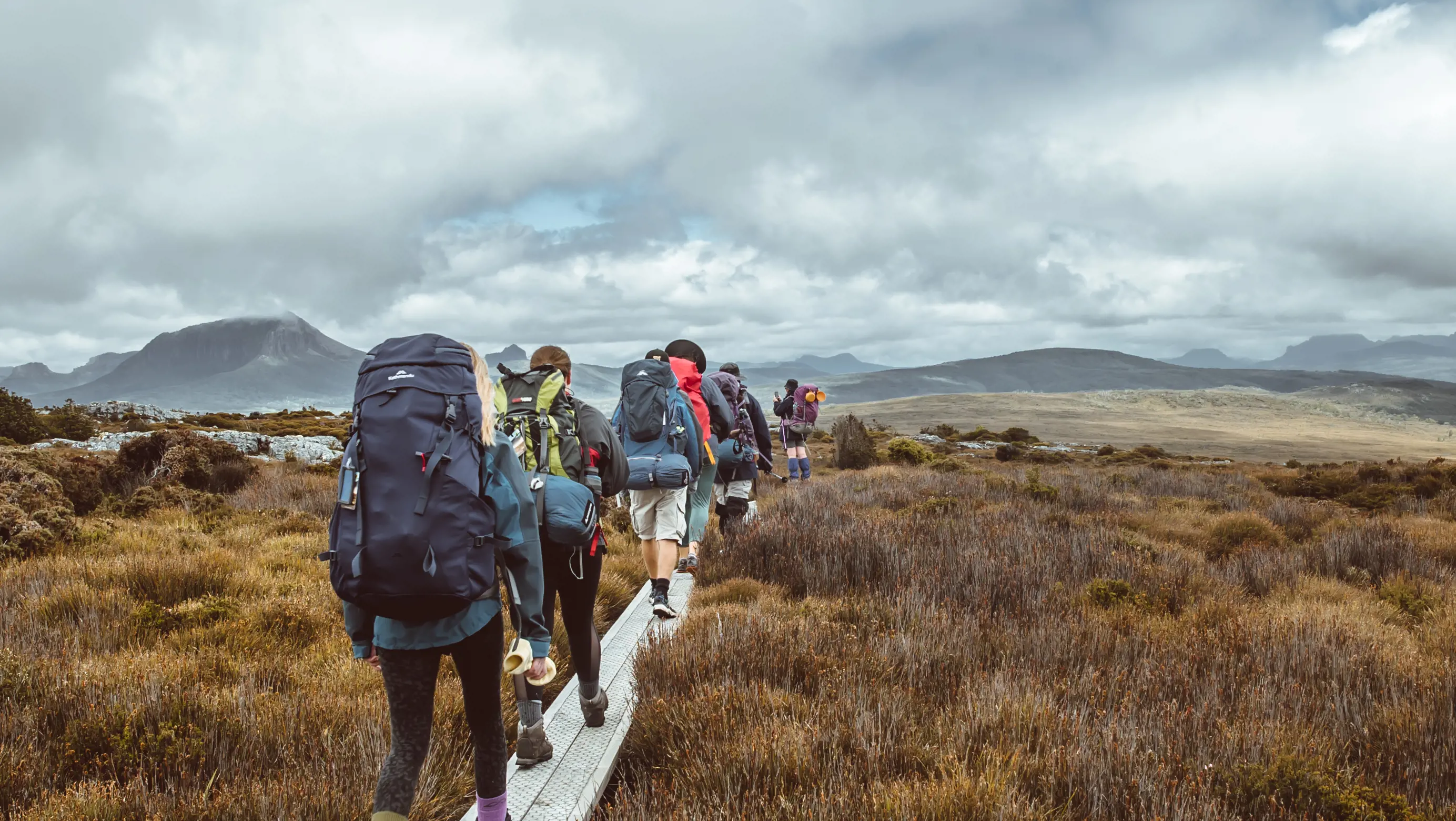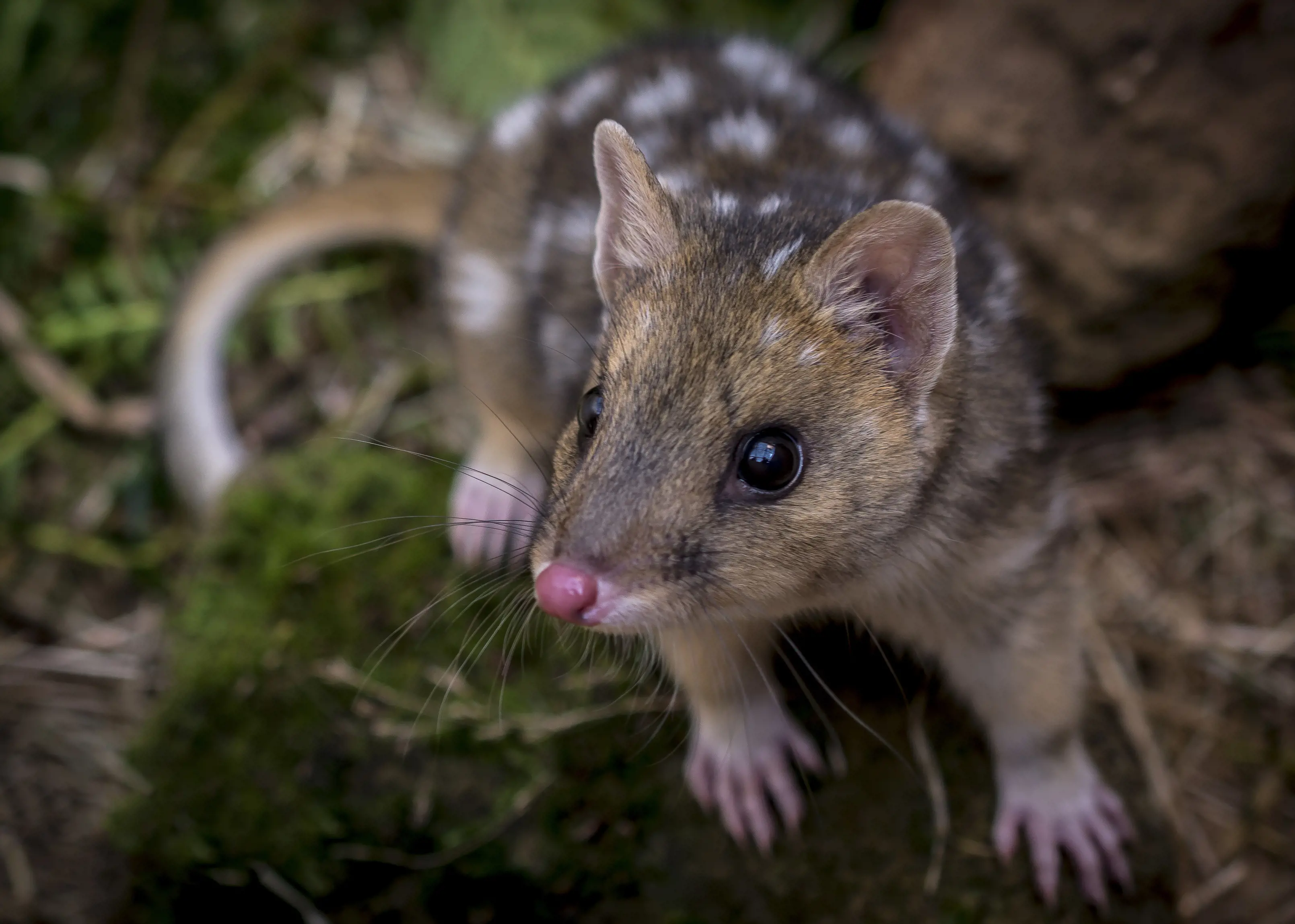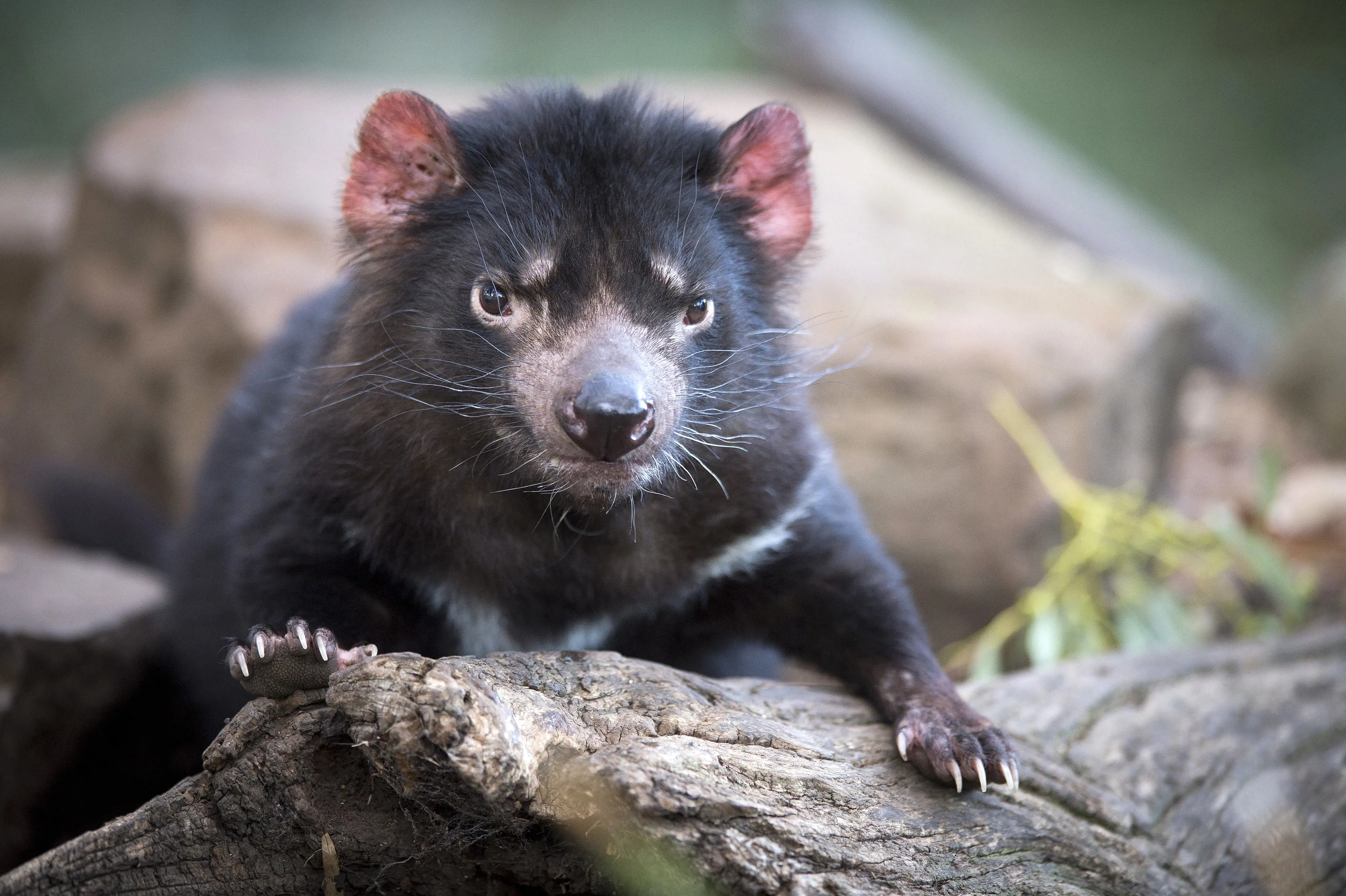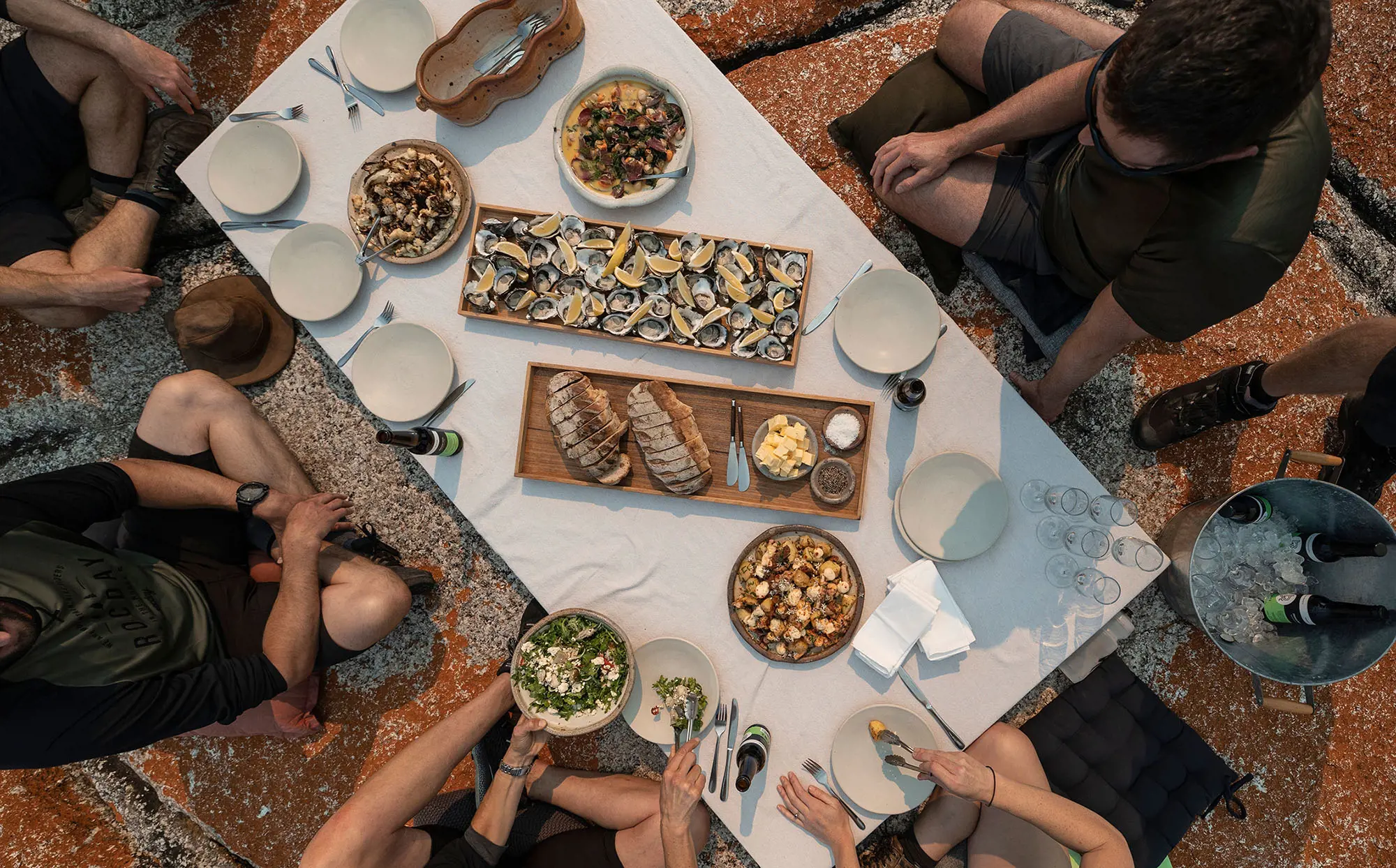
It's easy to find wilderness – about 40% of Tasmania is protected as national parks and reserves.
Here’s how to explore safely and responsibly.
National parks
Several of the island’s national parks have been included in the Tasmanian Wilderness World Heritage Area in recognition of their unique natural and cultural values.
Landmarks in or near national parks include Cradle Mountain in Cradle Mountain-Lake St Clair National Park, Wineglass Bay in Freycinet National Park and the Franklin River in the Gordon-Franklin Wild Rivers National Park – not to mention the Port Arthur Historic Site near Tasman National Park.
Tasmania also has significant marine reserves where delicate and beautiful underwater ecosystems are protected.
The island’s national parks and reserves are managed by the Tasmania Parks and Wildlife Service. Many parks have visitor centres that share knowledge about wildlife, history and geology, as well as sell parks passes, books, maps and refreshments.
A Tasmanian national parks pass is required for entry to national parks. Daily passes and two-month holiday passes are available online from the Tasmania Parks and Wildlife Service, at national park visitor centres, and at most accredited Tasmanian visitor information centres. Passes are not required to access conservation areas or state forest reserves, although some require permission to enter.
Did you know?
You can contribute to Tasmania’s communities, wildlife and wilderness when you visit. The future of this pristine island is up to us.
Discover sustainable experiencesHow to bushwalk
Tasmania’s environment is sensitive and we care about protecting it, as well as our communities and the experience for travellers.
As part of your planning, check the Tasmania Parks and Wildlife Service’s “leave no trace” guidelines. Always stay on formed roads and walking tracks. Camp only at designated sites, follow fire restrictions, and carry out all waste when visiting wilderness areas.
Keep wildlife wild and never feed or touch native animals or birds. Leave plants, rocks, shells and other natural objects as you find them.
Respect Aboriginal culture and sites of significance by observing but not touching cultural and historical structures and artefacts.
Drones are prohibited on reserved land, including national parks.
Several overnight and multi-day walks require walkers to register in advance, including the Overland Track and Three Capes Walk. Before heading out on a hike, check the safety walking guidelines.
Walk safely
Before you set out, read our bushwalking safety and alpine areas safety tips. Be aware that weather conditions can change fast and frequently, especially in Tasmania’s alpine areas. Snow, rain, wind and sun are all possible at any time of year, and bushfires can occur between October and March. Bring warm, waterproof walking gear for protection from cold, wet and windy conditions.
Plan to walk safely and only take on trails that suit your fitness and outdoor experience level. Be flexible: if conditions deteriorate, turn back or seek shelter. Avoid hiking alone and tell someone your plans before you go. If a logbook is provided, record your trip intentions. Check Tasmania Parks for track closures and alerts, and important safety info.


Care for wildlife
With few introduced predators and a relatively large area of intact habitat, Tasmania is a final refuge for many animal species including the Tasmanian devil, the world's largest surviving carnivorous marsupial. There are wombats galore, spotted quolls, echidnas, platypus, pademelons, Bennett’s wallabies, little penguins and many more fascinating animals.
Tasmania is home to 12 species of endemic birds, including the forty-spotted pardalote and the endangered orange-bellied parrot, a breeding endemic. Head out to sea to spot sunbaking seals, dolphins and whales when the season is right.
As cute as the creatures are, never touch or feed them and always keep a respectful distance (three metre minimum) from native animals.
Long stretches of road pass through wildlife habitat. Animals are particularly active at dawn and dusk, so slow down and, if possible, avoid driving at these times. Tasmanian devils, quolls and raptors are especially vulnerable to being hit by a car as roadkill is a source of food for the carnivores.
Learn more about Tasmanian wildlife here.


Care for plants
Tasmania is a relatively small, mountainous island geographically isolated from mainland Australia. Its large variety of habitats has resulted in a diverse and unique array of plant species that includes flowering plants, conifers, mosses, liverworts, lichens, fungi and algae. Some of the oldest plant species on Earth survive here, along with some of the tallest flowering trees and the oldest plant clones. Endemic species, found nowhere else in the world, include the Huon pine, the deciduous beech (Nothofagus gunnii), or fagus as it’s best known, and the pandani.
Take hiking poles rather than using branches as walking sticks. Avoid walking or camping on vegetation. Instead, camp at established sites and platforms, and walk on established tracks, gravel, rocks and snow.
Walk single file in the middle of the track – even through muddy bogs and puddles. Don’t skirt around muddy sections; it damages trackside vegetation and alters the track.
Make sure your boots, camping equipment and tyres are clean and free of seeds to avoid spreading weeds and soil-borne diseases. And dispose of waste properly - whatever you bring into natural areas, take it away.
Learn more about Tasmanian plants here.


